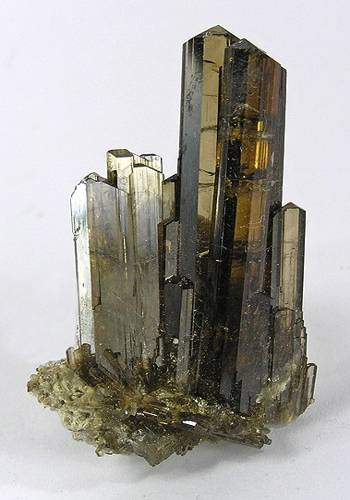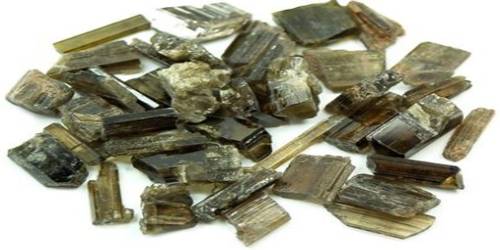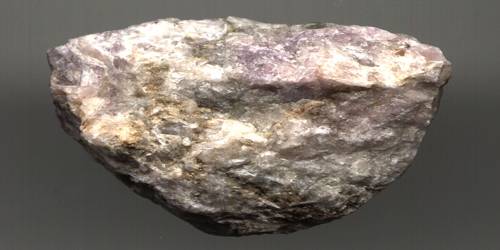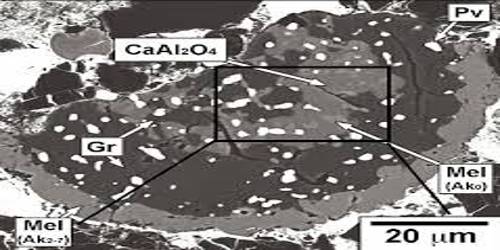Clinozoisite is a complex calcium aluminum sorosilicate mineral with formula: Ca2Al3(Si2O7)(SiO4)O(OH). It is colorless, yellow, greenish, or pale rose-red mineral similar to Epidote, but containing little iron. It is a basic calcium aluminosilicate found in crystalline schists, a metamorphic product of calcium feldspar. It was originally discovered in 1896 in East Tyrol, Austria, and is so-named because of its resemblance to zoisite and its monoclinic crystal structure.
General Information
- Category: Sorosilicates (Epidote group)
- Formula: Ca2Al3(Si2O7)(SiO4)O(OH).
- Crystal system: Monoclinic
- Crystal class: Prismatic (2/m) (same H-M symbol)

Properties
Clinothulite is a manganese bearing variety with a pinkish hue due to the substitution of Mn(III) in the aluminum site. It forms a continuous solid solution series with epidote by substitution of iron(III) in the aluminum (m3 site) and is also called aluminum epidote.
- Color: Colorless, green, gray, light green, yellow-green
- Crystal habit: Elongated prismatic crystals, striated; granular to fibrous
- Fracture: Irregular/uneven
- Tenacity: Brittle
- Mohs scale hardness: 6-7
- Luster: Vitreous
- Streak: Grayish white
- Diaphaneity: Transparent to translucent
- Specific gravity: 3.3 – 3.4
- Optical properties: Biaxial (+)
Occurrence
Typically it occurs in low- to medium-grade regionally metamorphosed igneous and sedimentary rocks, as well as in contact metamorphosed calcium-rich sediments; an alteration product of plagioclase feldspars. It occurs in rocks which have undergone low to medium grade regional metamorphism and in contact metamorphism of high calcium sedimentary rocks. It also occurs in saussurite alteration of plagioclase.
Information Source:
















